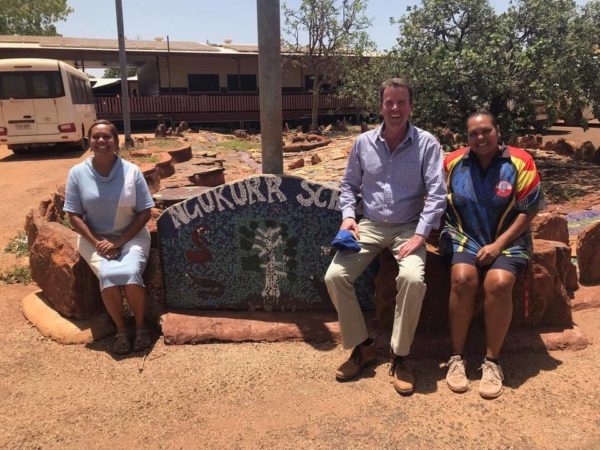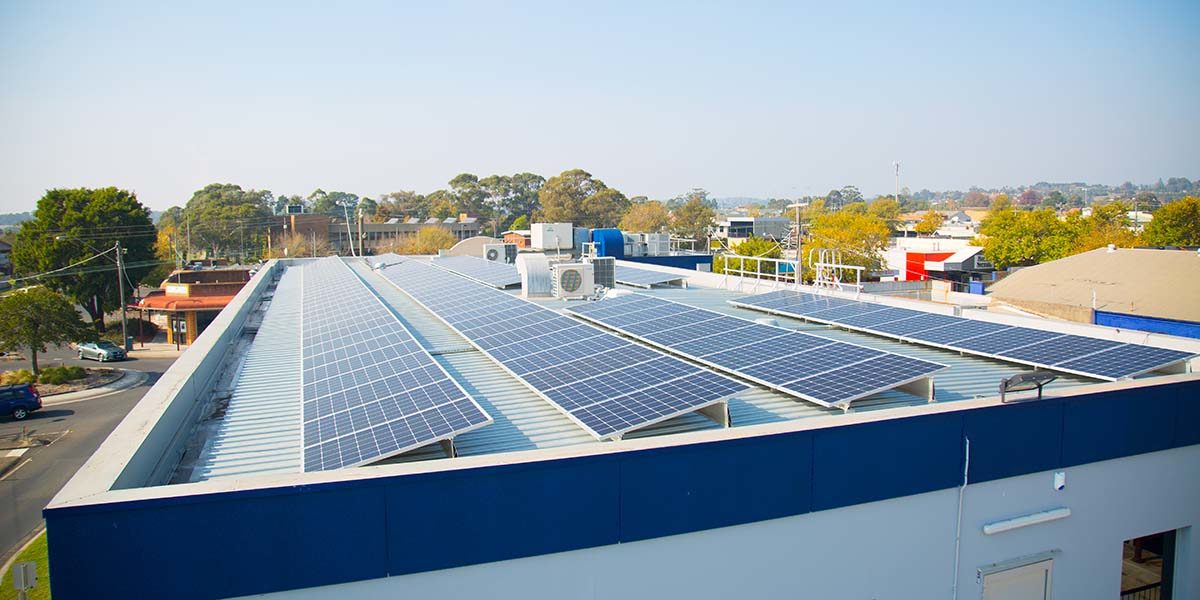As the first installation phase of the Northern Territory (NT) Government’s $5 million Rooftop Solar in Schools program rolls out, the Victorian (VIC) Government looks to follow suit with the opening of applications for its Greener Government School Buildings program.
The NT’s Solar Schools Rollout
The NT’s Rooftop Solar in Schools program forms part of the Territory’s Roadmap to Renewables Plan to transition the NT to 50% renewable energy by 2030.
Overall, 25 schools have been selected, with each expected to save up to 40% of their energy costs. Schools have been chosen from across the Territory, including remote schools, on the basis of their energy usage and needs as well as their innovative science programs.
The NT Government estimates the program will save 1640 metric tonnes of carbon emissions annually, the equivalent of 354 cars, 200 homes, nine railcars or 21.7 tanker trucks of petrol. Why anyone would decimally dissect a petrol tanker truck is beyond me.
Six schools have already seen solar panel installation and are now saving between $30,000 and $40,000 on their yearly electricity bill, and over the 25-year lifetime of the panels will see the schools save up to $1.2 million. This money, the NT Government says, will be redirected back into school budgets.
“This infrastructure investment of $200,000 per school will yield big savings for the environment and for our schools over the long term,” says NT Minister for Education, Selena Uibo, who believes the efficacy of the solar panels is not limited to financial acuity or environmental care. “Additionally,” Uibo continued, “the solar systems themselves will also enhance learning. Their monitoring and measurement equipment will support innovative school-based science and technology projects, inspiring our next generation of engineers and scientists to advance renewable energy solutions.”
Uibo understands that science is not limited to comforting the present but inspiring the future. After all, not only has the NT set the ambitious goal of generating 50% of its energy from renewables by 2030, but it is also working toward becoming a renewable energy exporter. This is all to say, the future economy of the NT will be renewable energy and educating children about renewables today is the best way to ensure a competent and fulfilled future workforce.
Indeed, Tony Sievers, the Member for Brennan, an electorate in which Palmerston College’s senior campus air condition system is now entirely powered by 258 solar panels, said that the Rooftop Solar for Schools program was delivering for Palmerston’s greatest asset: “Our children.”

Image: Ngukurr School CEC / Facebook
Victoria Follows Suit
Victorian Minister for Education James Merlino opened applications for the Greener Government School Buildings program this week. The program will install solar panels upon VIC government schools to reduce GHG emissions, save money and make schools more sustainable.
The announcement follows the success of a pilot program which saw 42 schools receive solar panels in 2019. By October 2020, the panels installed as part of the pilot program will have generated more than 1,300MW of electricity and saved those schools more than $300,000 on their energy bills.
“This program is another practical way we are helping reduce emissions and do our bit for the environment,” said VIC Minister for Energy, Environment and Climate Change Lily D’Ambrosio.
VIC Government schools can apply for a solar panel installation program here. Applications close on 7 August.
NSW Next Up?
Estelle Dee, a year-10 student at Katoomba High School in the New South Wales (NSW) Blue Mountains, has called on NSW Minister for Energy and Environment, Matt Kean, to “install LED lighting and as many solar panels as possible in every public school in NSW within a three-year-period.”
Dee started a petition with a goal to reach five thousand signatures, she already has close to three-thousand. Dee cites a Government-funded report from the School Energy Productive Program, which found that not only is NSW spending way too much money on energy, the report estimated it could be saving $45 million annually.
The report says the case for such an outlay is strong, estimating 817,500 new LED light fittings and the implementation of 69 MW of additional solar capacity should do the trick.
Last year, the precocious Dee chaired a panel at the Nation Energy Summit 2019. In her opening remarks, Dee fired back at talking-heads like Alan Jones and Andrew Bolt, who criticised the global school-strikes, suggesting students should go back to school and learn. “So before these adults criticise us for going on strike,” said Dee, “maybe they should learn to stop wasting so much money.”
This content is protected by copyright and may not be reused. If you want to cooperate with us and would like to reuse some of our content, please contact: editors@pv-magazine.com.









1 comment
By submitting this form you agree to pv magazine using your data for the purposes of publishing your comment.
Your personal data will only be disclosed or otherwise transmitted to third parties for the purposes of spam filtering or if this is necessary for technical maintenance of the website. Any other transfer to third parties will not take place unless this is justified on the basis of applicable data protection regulations or if pv magazine is legally obliged to do so.
You may revoke this consent at any time with effect for the future, in which case your personal data will be deleted immediately. Otherwise, your data will be deleted if pv magazine has processed your request or the purpose of data storage is fulfilled.
Further information on data privacy can be found in our Data Protection Policy.